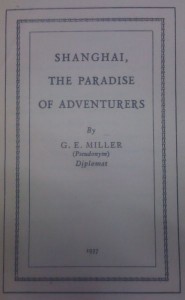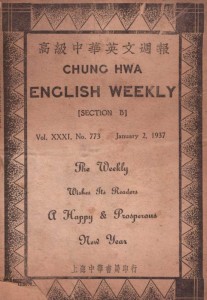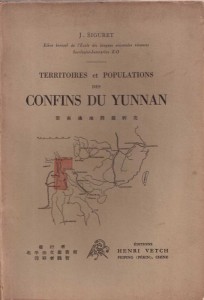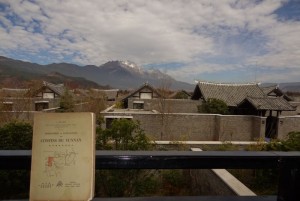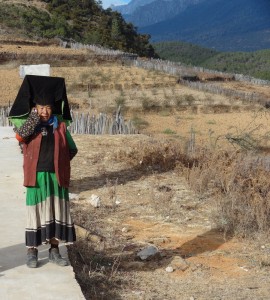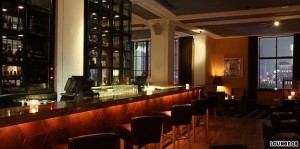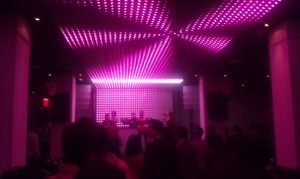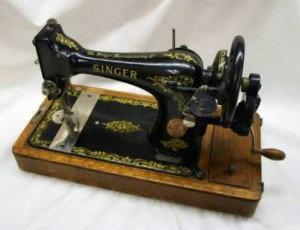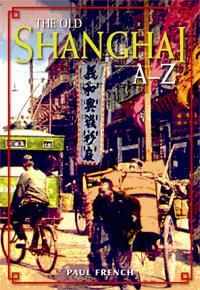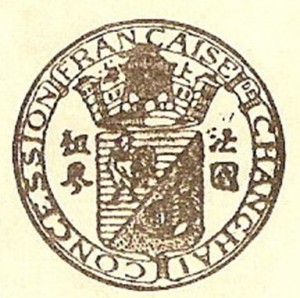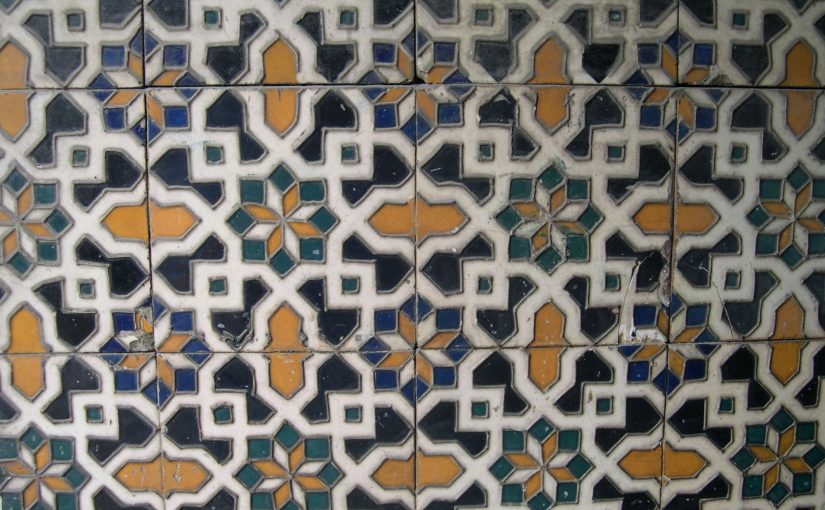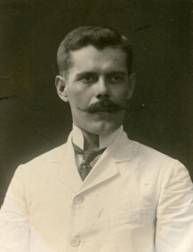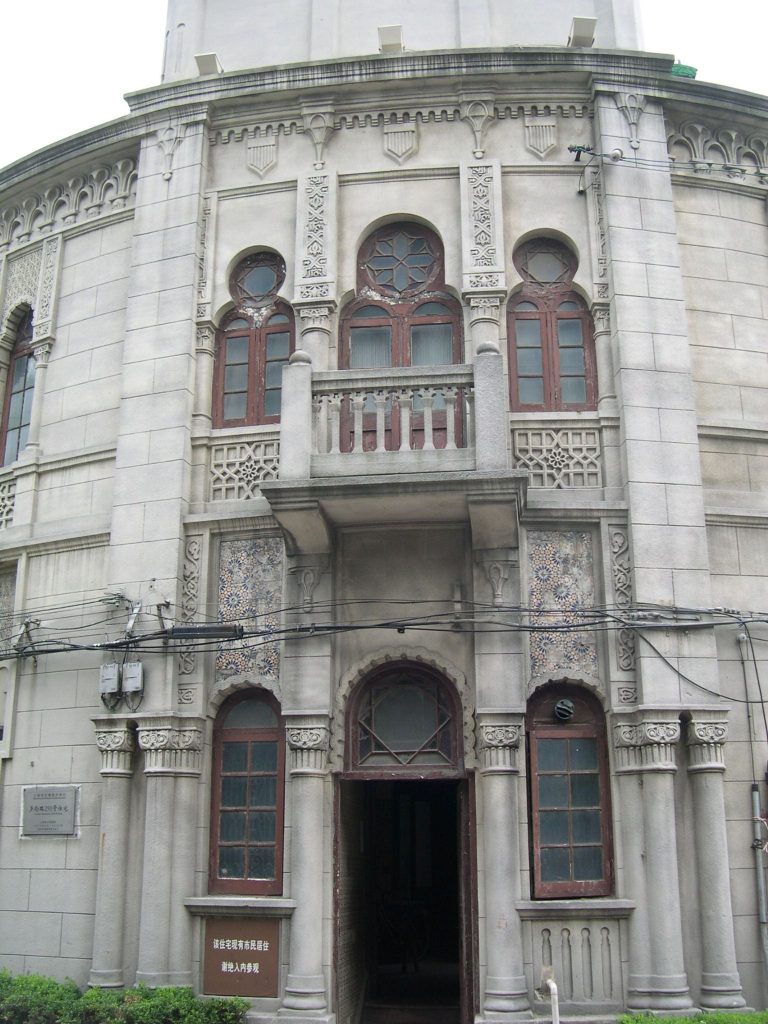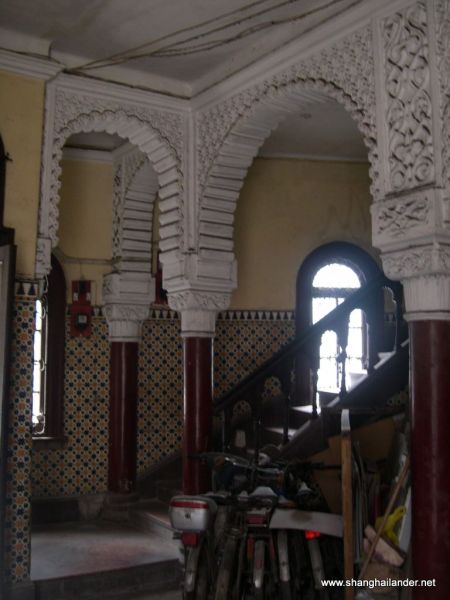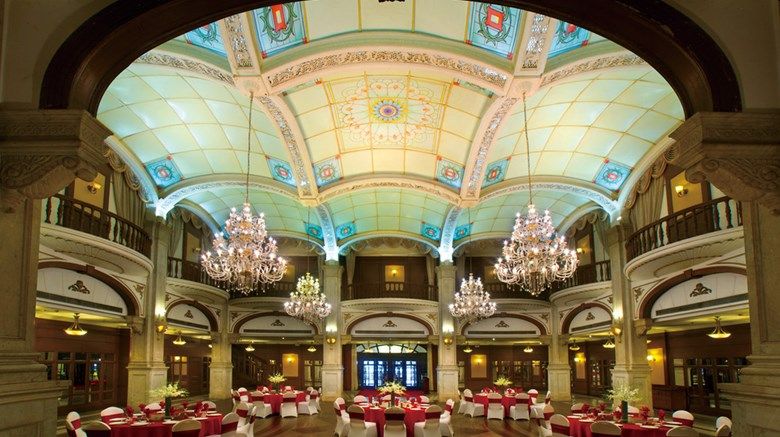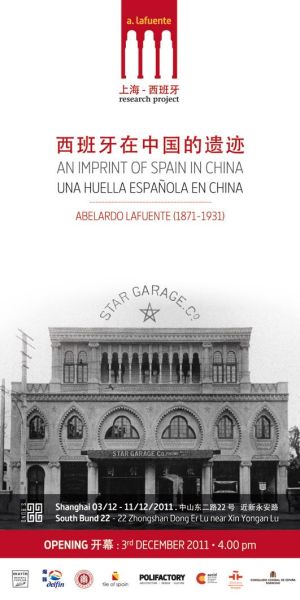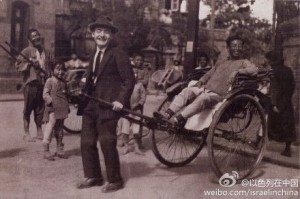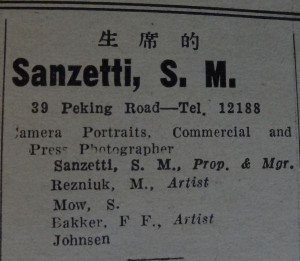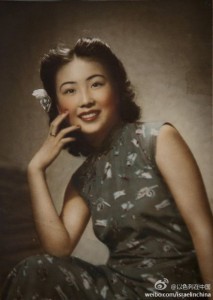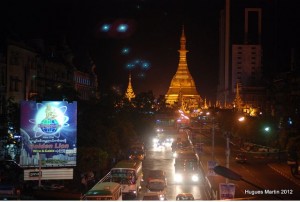
Arrival in Yangon (Rangoon) at night woke back many memories of other cities frozen in time. The first contact reminded me of arriving in Saigon in 1998. Same trees, same roads and mostly 1980’s Japanese 10th hand cars around. The cars falling apart with wheel on the wrong side reminded me of Cambodia in the late 90’s. I was expecting the former British colony to have right hand side driving like its neighbors. Just like Old Shanghai did in the mid 1940’s, driving direction was changed in Burma (Myanmar) in the 1970’s. In any case, if the airport drive at night had led me to the Caravelle hotel in Saigon instead of the Trader’s hotel in Rangoon, I would not have been surprised at all.
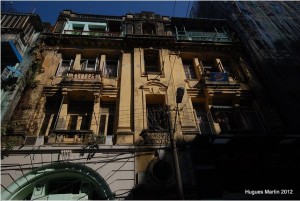
The morning of the second day visiting Rangoon reminded me more of the Hanoi of the late 1990’s. Walking around the Kandawgyi lake with the Sedona hotel overlooking it, felt just like Hanoi’s West Lake hotel in my memories. On the river front, Strand Road reminds of the Shanghai Bund with the customs house on the waterfront and the main bank as well as the main hotel (The Strand Hotel) next to it. Today’s Strand Road looks a lot like picture of Shanghai Bund in the 1920’s, before Art Deco towers like the Sassoon House (peace hotel) and the Bank of China were built. The back streets with trees growing between the buildings look a lot like Hankou (today’s Wuhan) former French concession. Many people eat in the streets in Rangon. They have early diner from 5 to 7 or 8 PM sitting on colorful plastic chairs, eating noodles, curries and meat skewers. The same plastic chairs I used to sit on about 14 years ago in Saigon.
Most of Central Rangoon (Yangon) has been left more or less untouched since the 60th. Although a lot of construction went on in the 50’s and early 60th, style was kept in line with the colonial architecture. Most buildings have been left untouched for decades, with some of them being now renovated. Walking in the streets by daylight gives a nice view of the buildings with various forms and styles. Night time in Yangon is also very nice as there is little activity. The low lights and old buildings create an atmosphere that is charming and very unique. At the same time, it is very clear that redevelopment of the city has already started. A number of colonial buildings have been replaced by new towers and the process will probably accelerate with the recent political changes in the country. Just like other cities in South East Asia, Yangon (Rangoon) will surely transform in the next years but hopefully it will retain its charms and history. In any case, now is probably the best time to visit. This stay in Yangon (Rangoon) was part of a trip around Myanmar (Burma) that has been quite incredible. Although poverty in the country is striking, there is a warmth with Burmese people like nowhere else in Asia and the country is stunningly beautiful. More picture about this trip can be found at: http://www.flickr.com/photos/24266052@N00/sets/72157629302498231/
